Animals are fascinating creatures, and sometimes they have more in common with us than we might think. Nature has equipped them with survival instincts that occasionally mirror human trauma responses. It’s intriguing how similar our reactions can be to those of creatures in the wild, especially when facing threatening situations. By examining these parallels, we can gain insight into our own behavior and perhaps understand ourselves a little better. Here, we delve into 13 animal instincts that you might find surprisingly relatable.
1. Deer In The Headlights
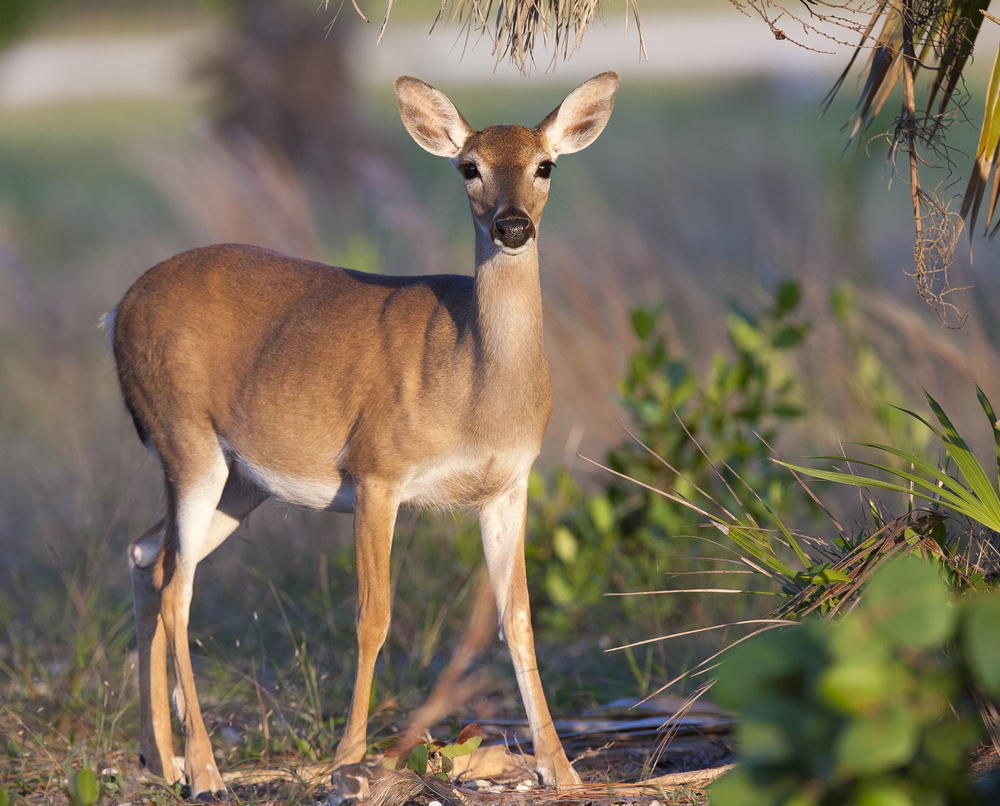
Have you ever been so overwhelmed that you felt paralyzed? This response is not uncommon in both people and animals. When the proverbial deer in the headlights freezes, it’s because the animal’s brain is flooded with fear, causing it to stay perfectly still. Similarly, people can experience a freeze response when confronted with trauma, unable to move or act. According to Dr. Stephen Porges, a neuroscientist at Indiana University, this reaction is part of the body’s natural defense mechanism, designed to protect us when we perceive danger.
In the animal kingdom, freezing can be a highly effective survival strategy. By staying perfectly still, animals can avoid detection by predators that rely on movement to spot their prey. For people, freezing might not ward off predators, but it can be a psychological defense against overwhelming stress. This instinctive response dates back to our ancestors, when staying motionless could mean the difference between life and death. While it may not always be practical in modern settings, it’s a deeply ingrained part of our survival toolkit.
2. Fight Or Flight
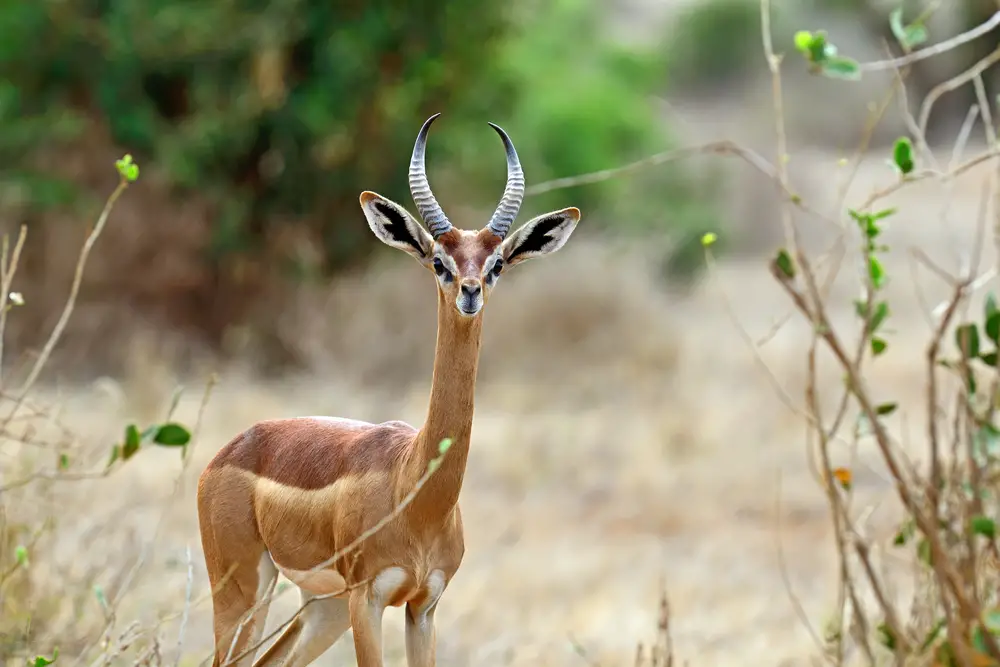
The fight-or-flight response is a classic example of an adaptive survival mechanism, both in animals and people. When faced with a threat, animals must quickly decide whether to confront the danger head-on or flee to safety. This split-second decision-making process is guided by a surge of adrenaline, heightening their senses and preparing their body for action. Humans experience this same rush of adrenaline when encountering a potentially harmful situation, prompting either a strong defensive stance or a quick retreat.
In animals, this tactic can mean the difference between being predator or prey. A gazelle, for instance, might sprint away at the first sign of a lion, while other species might stand their ground if they feel they have the upper hand. Similarly, people decide based on their assessment of the situation, their own capabilities, and past experiences. This instinctual response can help us navigate complex and potentially threatening scenarios in our everyday lives. Understanding this can also help us manage our reactions and choose the best path forward.
3. Playing Dead
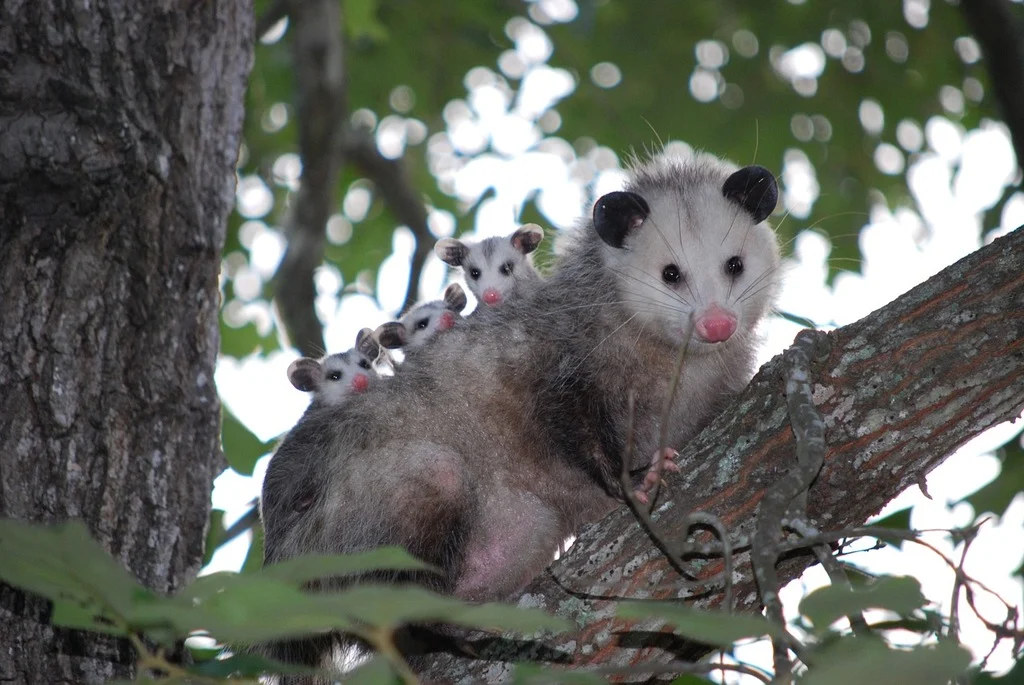
Perhaps you’ve heard of possums playing dead to avoid danger, a tactic known as thanatosis. When threatened, they collapse and emit an awful smell, convincing predators they’re not worth the trouble. This response isn’t exclusive to possums; many animals, like certain types of fish and insects, use this method to survive. For people, playing dead might not mean literal lifelessness but rather emotionally shutting down in traumatic situations, as a means to avoid further harm.
The concept of emotional numbing is prevalent in trauma responses, reflecting the same survival instinct seen in animals. Some people might feel detached or disconnected when faced with overwhelming stress, as if they’re observing life from the outside, a phenomenon known as dissociation. According to trauma specialist Dr. Judith Herman, this can be a form of self-protection, allowing one to endure situations that feel inescapable. Recognizing this instinct can help us understand the nuances of our responses to trauma and guide us toward healing.
4. Camouflage And Blending In
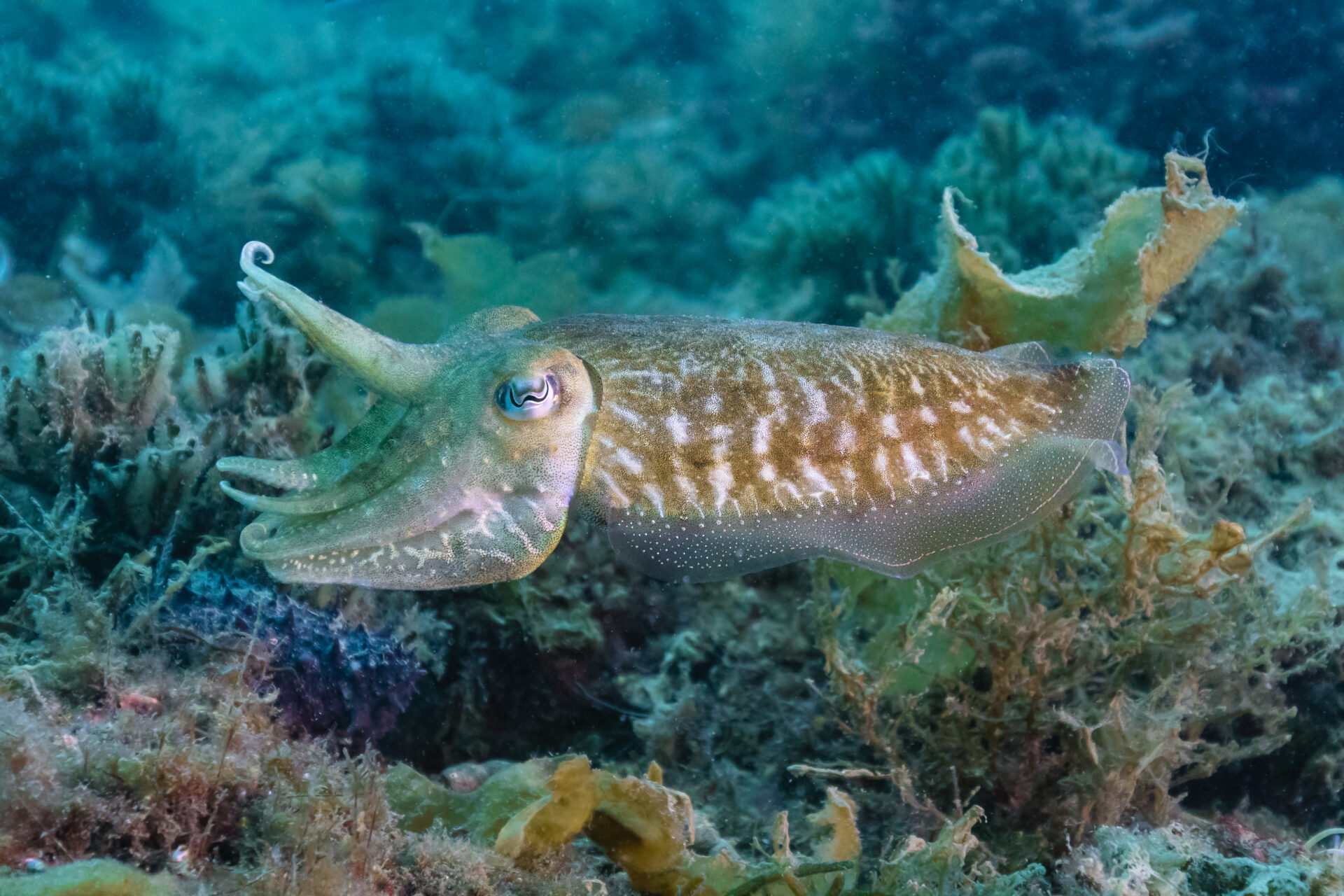
Animals like chameleons and cuttlefish have the remarkable ability to blend into their surroundings, a tactic that keeps them safe from predators. This instinct to camouflage is akin to how some people respond to trauma by blending into their environments, avoiding drawing attention to themselves. In social situations, this might mean adopting behaviors or attitudes that align with the majority, even if they’re not truly representative of one’s self. It’s a way to feel safe by minimizing the risk of standing out or becoming a target.
In the animal world, blending in can be a matter of life and death, as predators are less likely to pursue prey they cannot see. For people, while the stakes may not be as high, the need to fit in can feel just as crucial. This can be especially true for those who have experienced traumatic events that made them feel vulnerable or exposed. By understanding this instinct, we can learn to navigate social dynamics more effectively and work toward embracing our authentic selves.
5. Retreating To Safety
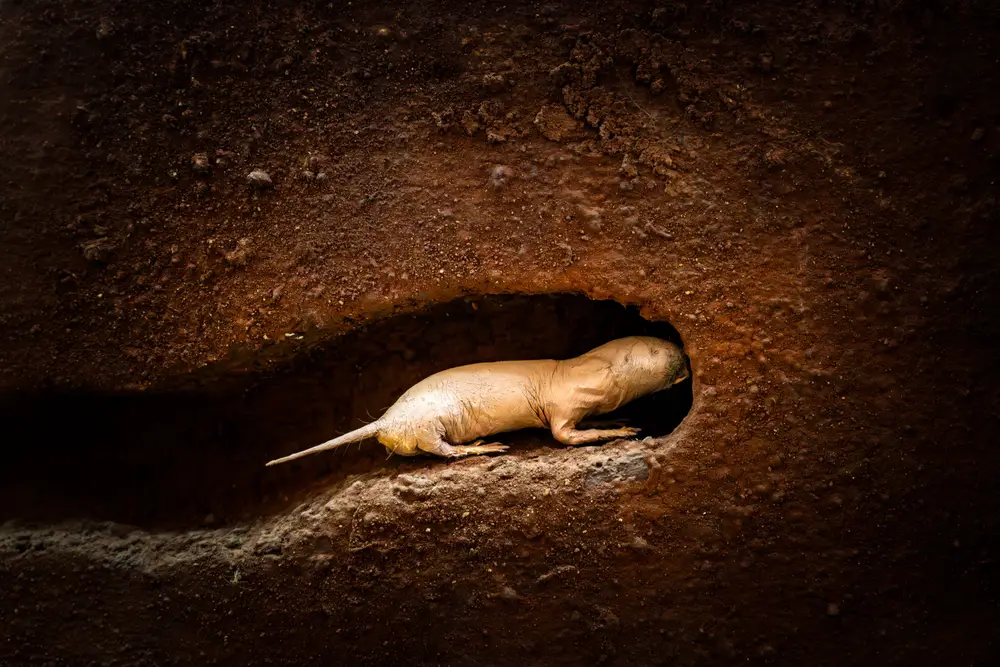
Many animals, when threatened, will retreat to a place of safety, such as a burrow or den. This instinct to seek refuge is mirrored in how some people respond to trauma by withdrawing from the world. After a distressing experience, isolating oneself can feel like the safest option, a way to protect against further harm. It’s a natural response, though it can become problematic if prolonged isolation leads to feelings of loneliness or depression.
Much like animals need their dens for protection, people need safe spaces to process their emotions and experiences. According to Dr. Bessel van der Kolk, a leading trauma researcher, creating a sense of safety is crucial for recovery. He emphasizes the importance of having supportive environments where people can retreat without judgment or pressure. Understanding the instinct to withdraw can help us balance the need for solitude with the benefits of community and connection.
6. Mimicry And Learning From Others
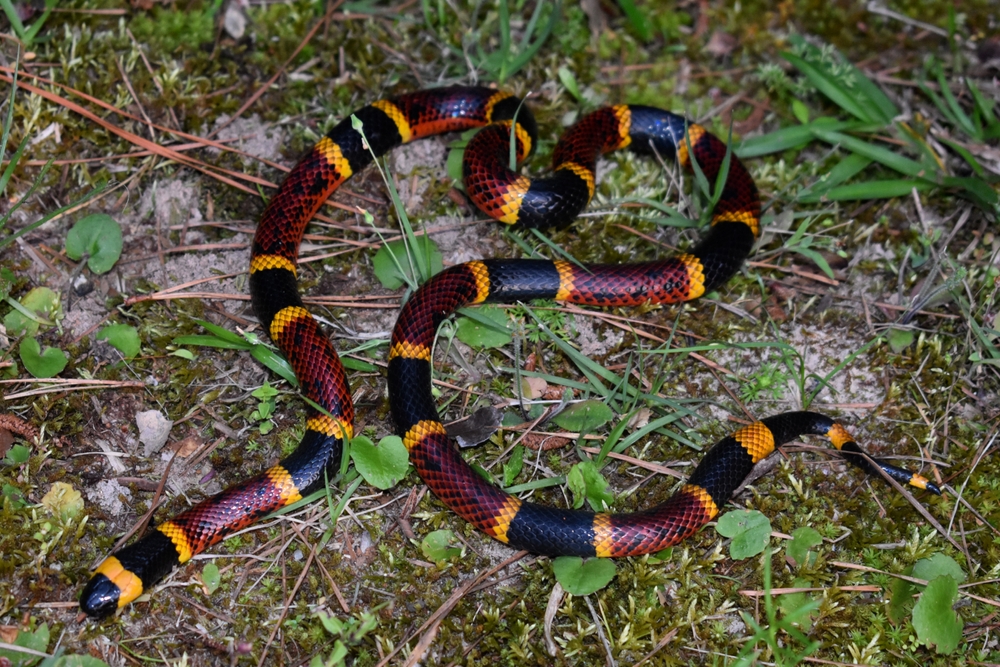
In the animal kingdom, mimicry is a common survival strategy employed to evade predation. Certain harmless species mimic the appearance or behavior of more dangerous ones to deter threats. For people, a similar instinct can manifest as imitation during trauma, where one mirrors the actions or emotions of those around them to gauge appropriate responses. This isn’t just about fitting in; it’s also a way to learn and adapt quickly in uncertain situations.
Animals utilize mimicry to navigate their environments more effectively, using the cues they observe to enhance their chances of survival. For people, this can be seen in how we often look to others in times of crisis, using their reactions as a guideline for our own. This instinctive behavior can help us feel more secure and aligned with our social group. However, it’s important to strike a balance and ensure that our reactions are also authentic to our own experiences and feelings.
7. Vocalizing Distress
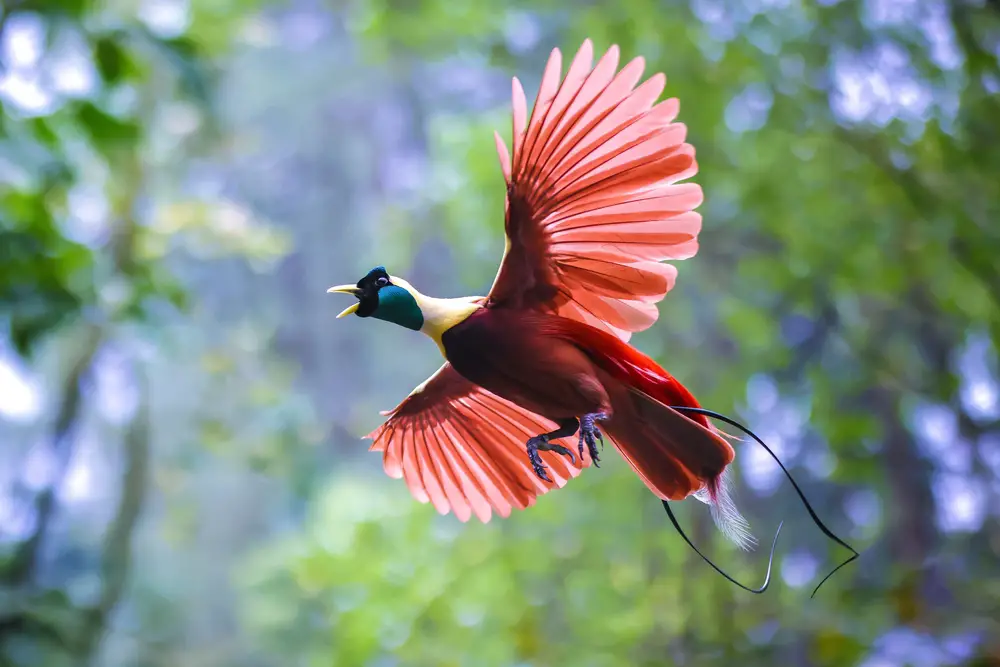
Many animals have evolved to vocalize when in distress to alert others of danger or to call for help. Think of how birds might squawk loudly if they sense a predator nearby, warning their flock. Similarly, people often feel a need to express their distress vocally, whether through cries for help, verbal outbursts, or confiding in someone they trust. This instinctive response can be crucial for seeking support and rallying others to come to one’s aid.
In the animal world, vocalizations can also serve as a deterrent to predators, signaling that the element of surprise has been lost. For people, speaking up can be a powerful tool for processing emotions and finding relief. According to a study by Dr. James Pennebaker at the University of Texas, expressive writing and verbalizing experiences can significantly improve emotional well-being. Recognizing this instinct can empower us to use our voices to navigate and heal from trauma effectively.
8. Forming Strong Social Bonds
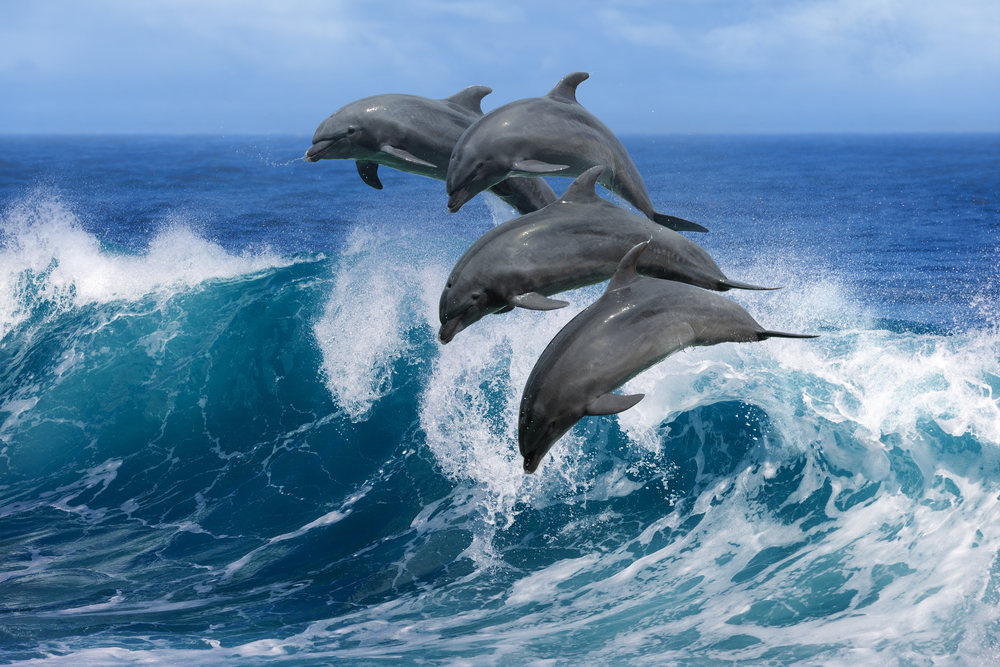
Animals often rely on strong social bonds to survive and thrive in their environments. Wolves, dolphins, and elephants, for example, form tight-knit groups that work together for mutual benefit. People also exhibit this instinct, forming connections that provide support and security during challenging times. These bonds can be vital in helping us cope with trauma, offering a sense of belonging and understanding that can aid in recovery.
In the wild, social structures can enhance survival rates, with group members protecting, nurturing, and learning from each other. For people, relationships can offer a similar sanctuary, helping to buffer against the impact of traumatic experiences. By understanding the importance of these connections, we can prioritize and nurture our relationships, ensuring that we have a supportive network to rely on when needed. This instinctive drive to connect and protect is a testament to the power of community in both the animal and human worlds.
9. Aggression As A Defense Mechanism
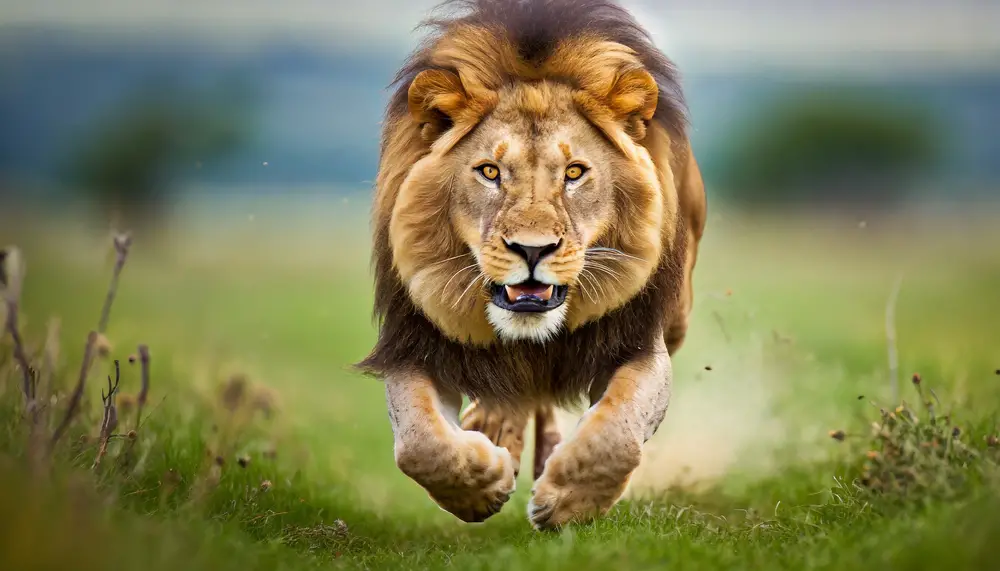
Animals often use aggression as a means of self-defense, a way to ward off potential threats before they become too close for comfort. This instinctual reaction is mirrored in people who, when feeling threatened or cornered, may become defensive or aggressive. While this response is designed to protect, it can sometimes escalate situations, turning potential conflicts into actual confrontations. Recognizing this instinct can help us navigate our reactions and choose more constructive ways to address perceived threats.
In the animal world, displaying aggression can often deter predators or competitors, allowing the animal to maintain its territory or resources. For people, this defensive posture can be linked to past traumas, where aggression becomes a learned response to stress or fear. It’s crucial to understand the underlying causes to manage aggression effectively and work toward healthier coping strategies. By doing so, we can break the cycle of fear-driven reactions and foster more positive interactions.
10. Grooming As A Stress Relief
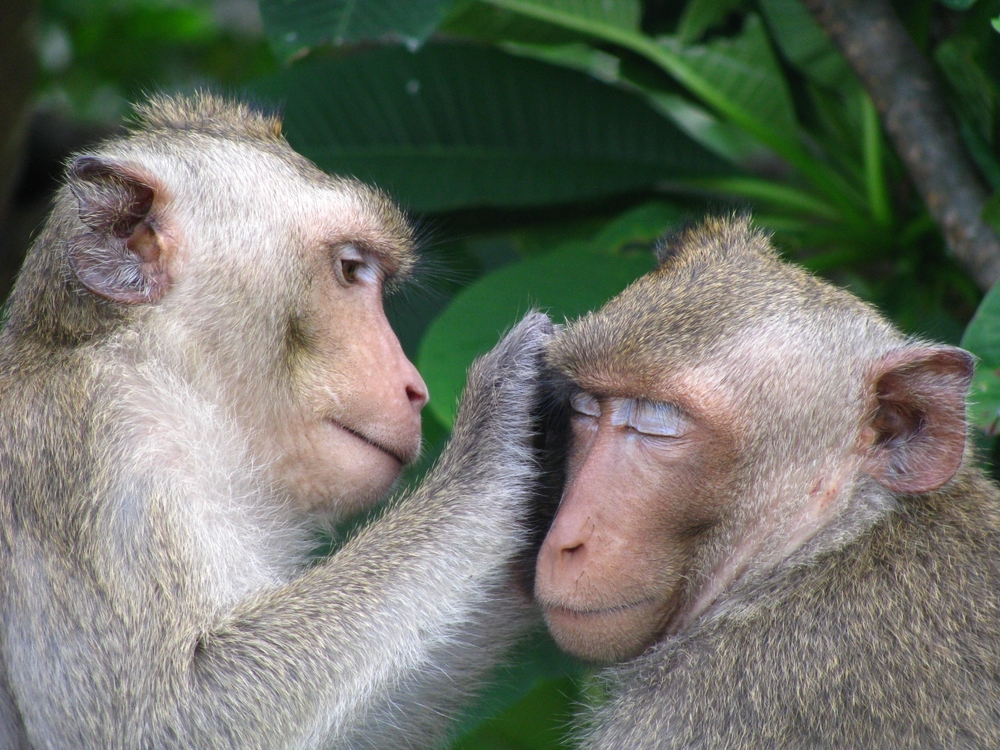
Many animals engage in grooming behaviors to calm themselves and strengthen social bonds. Primates, for example, spend a significant amount of time grooming each other, which not only removes parasites but also reduces stress and reinforces social hierarchies. This instinct can be seen in people who might engage in self-soothing behaviors like nail-biting, hair-twirling, or even repetitive cleaning when stressed. These actions can provide a sense of control and comfort in an otherwise chaotic environment.
For animals, grooming is more than just a hygiene practice; it’s an essential part of their social structure and emotional well-being. For people, these soothing behaviors might help manage anxiety and provide a temporary respite from distressing thoughts. Understanding this instinct can help us identify when we’re using these behaviors as coping mechanisms and ensure that they’re aiding rather than hindering our ability to manage stress. By acknowledging these instincts, we can work towards healthier stress relief practices that promote long-term well-being.
11. Fleeing From Unfamiliar Situations
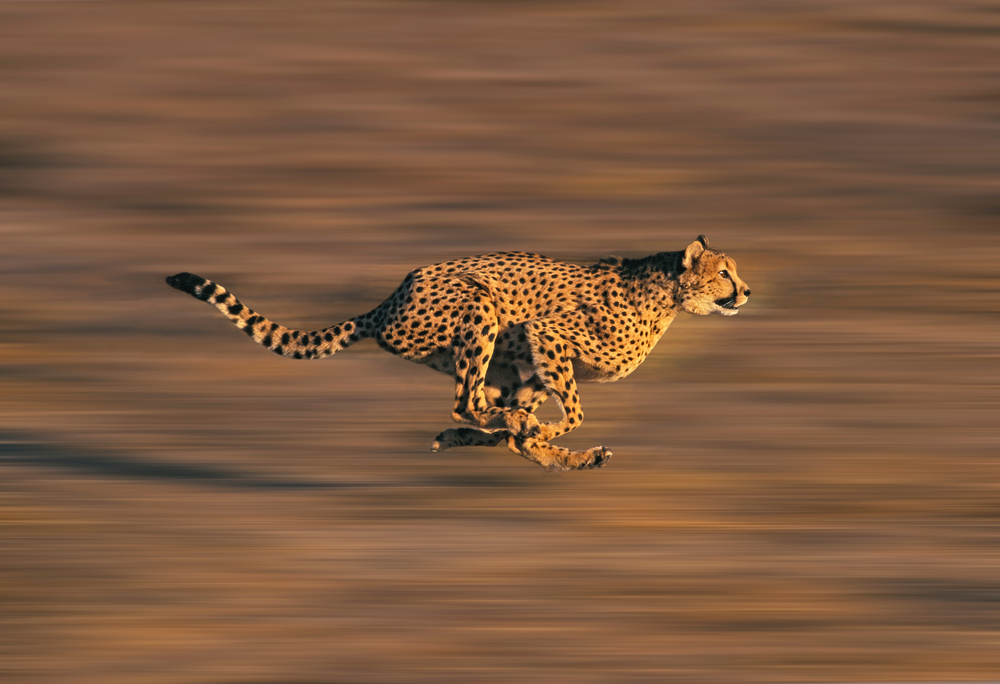
In the wild, unfamiliarity often equates to danger, prompting many animals to flee rather than investigate. This instinctive response helps them avoid potential threats that could spell disaster. People can exhibit a similar reaction, feeling an urge to escape from new or unknown situations that might seem threatening. While this instinct is protective, it can also prevent us from exploring new opportunities or experiences that are ultimately beneficial.
Animals rely on this quick assessment to navigate their environments safely, balancing curiosity with caution. For people, recognizing when this instinct is beneficial and when it might be holding us back is essential for growth and adaptation. By understanding our own fear of the unknown, we can learn to manage it better and take calculated risks that lead to positive outcomes. Balancing this instinct with a willingness to explore can help us grow and thrive.
12. Hypervigilance In Uncertain Environments
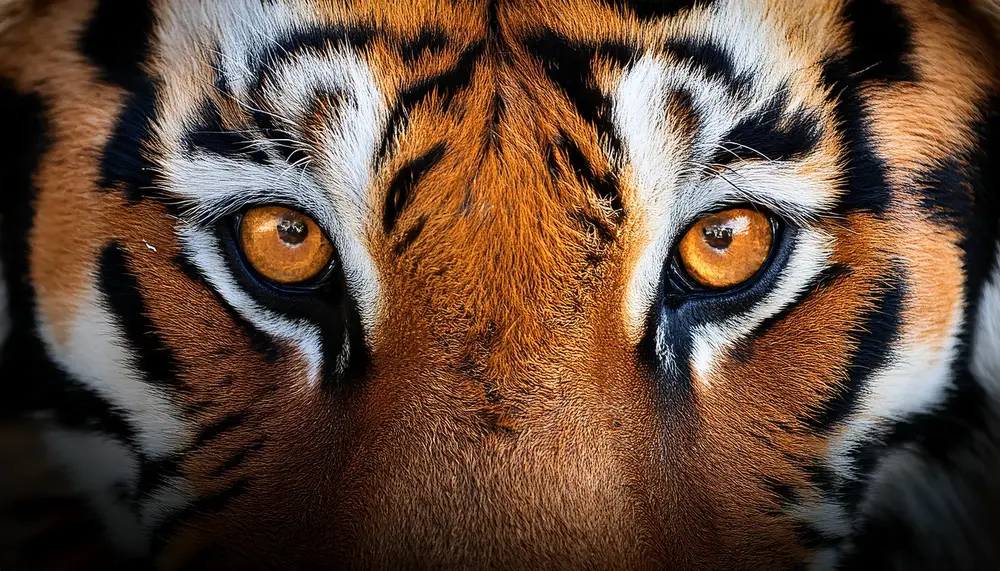
When animals find themselves in potentially dangerous environments, they often become hypervigilant, constantly scanning for threats. This heightened state of awareness helps them detect and respond to danger swiftly. Similarly, people who have experienced trauma may become hyper-alert, constantly on the lookout for anything that might represent a threat. While this vigilance can be protective, it can also be exhausting and lead to heightened anxiety or stress.
In the animal kingdom, hypervigilance is a survival tactic that can mean the difference between life and death. For people, this heightened state of alertness after trauma can become a default mode, affecting daily functioning and interactions. Recognizing when we’re in a hypervigilant state can help us take steps to calm our nervous system and find safer ways to feel secure. By understanding this instinct, we can work towards reducing its impact and finding balance in our lives.
13. Seeking Shelter During Storms

Animals instinctively know when to seek shelter from impending storms or other natural threats. This behavior ensures their safety and survival during unpredictable weather events. People, too, often feel the urge to find a safe haven when life’s storms roll in, whether literal or metaphorical. This instinct to seek shelter can manifest as a desire to retreat and regroup, providing the space needed to weather the turbulence.
For animals, seeking shelter is a matter of survival, driven by an acute awareness of environmental cues. For people, finding a safe space can be a crucial part of coping with trauma or stress, offering a sanctuary where one can process emotions and regain strength. Understanding this instinct can help us create environments that offer both physical and emotional safety. By honoring our need for refuge, we can better navigate life’s challenges and emerge stronger on the other side.
